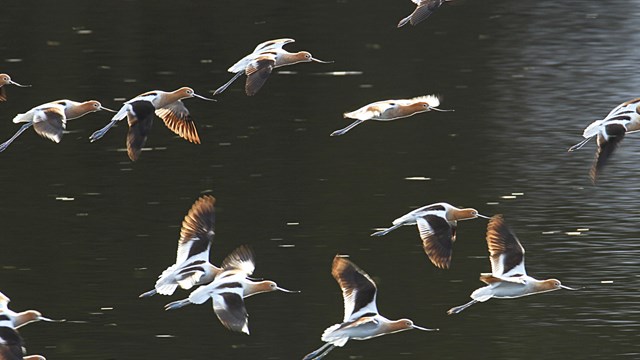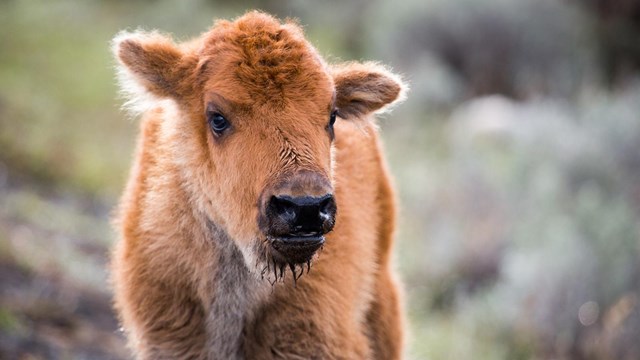
NPS Colonial nesting birds nest primarily on the Molly Islands in the southeast arm of Yellowstone Lake. These two small islands are cumulatively just 0.7–1.2 acres in size, depending on lake water levels, yet hundreds of birds have nested there in a single year. Prior to the late 1970s, the Molly Islands were surveyed only intermittently. Some data goes back to 1890 when nesting American white pelicans (Pelecanus erythrorhynchos) and California gulls (Larus californicus) were first noted in this area. Caspian terns (Hydroprogne caspia) are suspected of nesting on the Molly Islands as early as 1917, although information on breeding status was not collected until 1933. Double-crested cormorant (Phalacrocorax auritus) nests were confirmed by 1928. Currently, American white pelicans, California gulls, and double-crested cormorants nest with varying rates of success. Photographic interpretation from three aerial surveys conducted June through August 2023, showed approximately 823 pelican nests that fledged an estimated 440 young. Thirteen nesting double-crested cormorants were successful in fledging 15 young. No California gulls or Caspian terns were observed on the islands. HabitatBirds nesting on the Molly Islands are subject to extreme environmental conditions ranging from flooding, frosts that can occur at any time of year, and high winds. As a result, birds nesting there experience large year-to-year fluctuations in the number of nests initiated and fledglings produced. Populations of California gulls and double-crested cormorants have declined over the last 20 years. Caspian terns (Hydroprogne caspia) have not nested on the islands since 2005. The reasons for the decline in colonial nesting birds are not well understood, but a previous study indicates that high levels of water in Yellowstone Lake are associated with low reproduction for nesting pelicans. Notably, quick spring melt-off events can cause a significant rise in the water level on Yellowstone Lake and flood the Molly Islands. Additionally, the introduction of lake trout to Yellowstone Lake has changed prey availability for species like the California gull and Caspian tern. The decline in cutthroat trout, a known food source for the Molly Island colonial nesting birds, may also influence nesting success. Bald eagles on Yellowstone Lake that formerly depended on cutthroat trout may have switched prey to target the flightless and vulnerable young of these colonial nesting species. Observations of bald eagles perched on the islands during the nestling period is common.
ResourcesEvans, R.M., and F.L. Knopf. American white pelican. The Birds of North America Online. https://birdsna.org/Species-Account/bna/species/amwpel/introduction Varley, J. D., and P. Schullery. 1995. The Yellowstone Lake crisis: confronting a lake trout invasion. Yellowstone National Park, Wyo: Yellowstone Center for Resources, National Park Service. 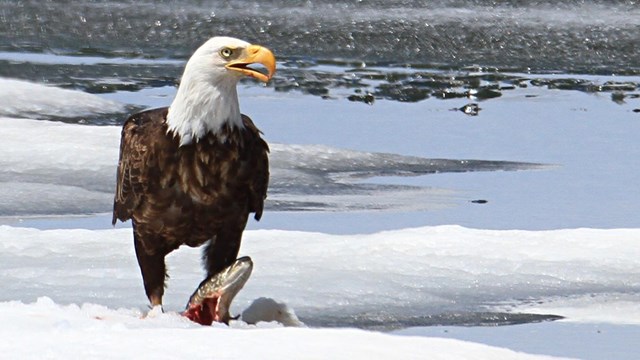
Bald Eagle
Bald eagles can be seen along Yellowstone's many rivers and lakes. 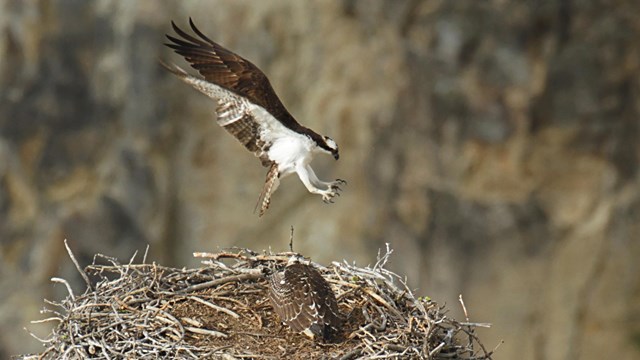
Osprey
Osprey summer in Yellowstone, fishing and raising young. 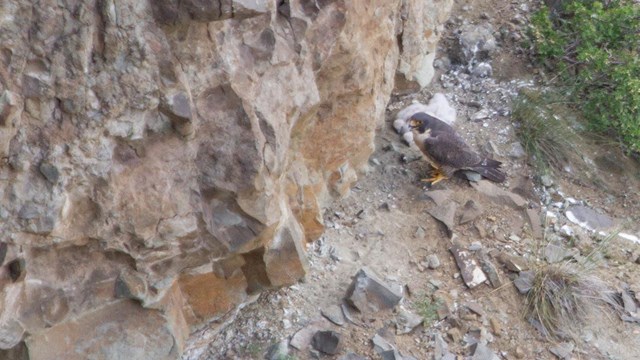
Peregrine Falcon
Peregrine falcons are some of the fastest birds. 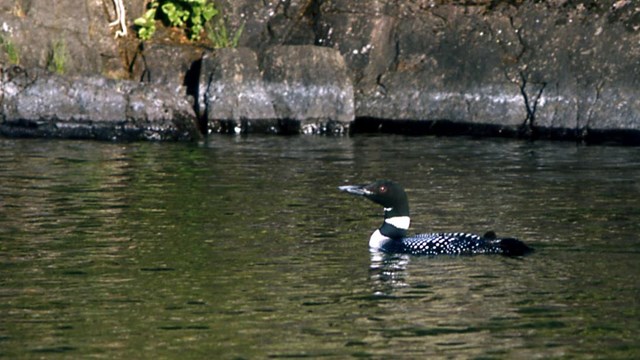
Common Loon
Loons in Yellowstone are some of the southern most breeding populations. 
Trumpeter Swan
Trumpeter swans are the largest wild waterfowl in North America. 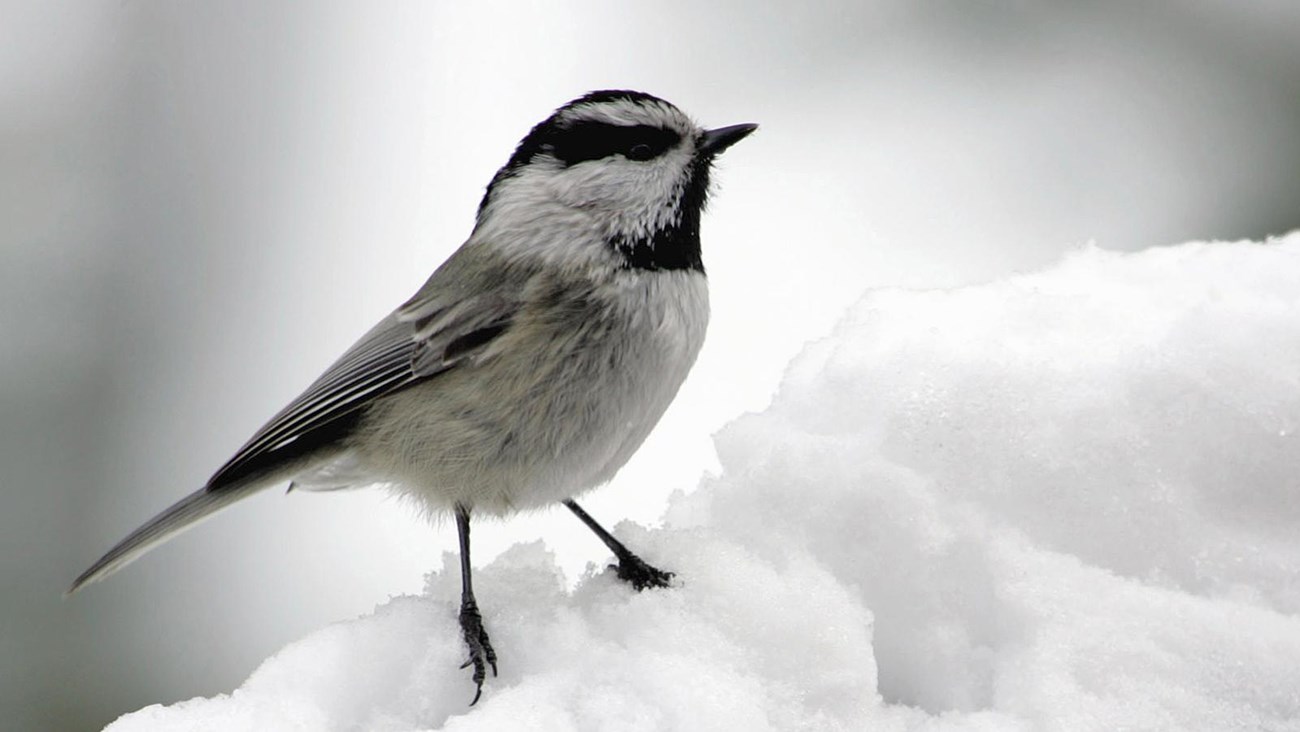
Songbirds and Woodpeckers
Passerine and near passerine species comprise the majority of bird species in Yellowstone. 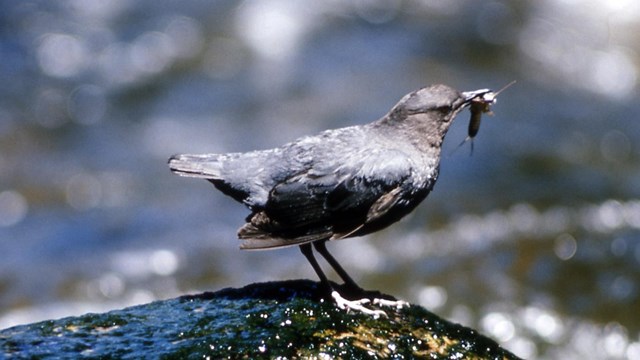
American Dipper
Also known as the water ouzel, these birds dive into water for aquatic insects. 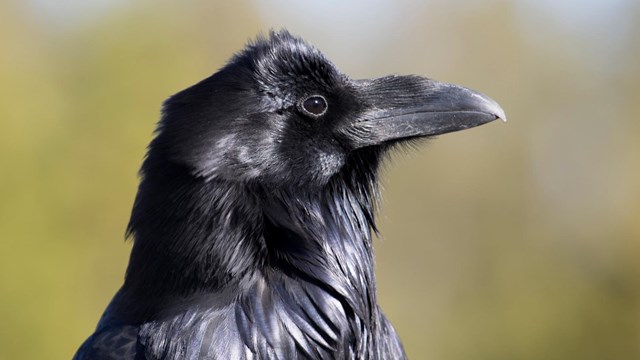
Raven
Ravens are smart birds, able to put together cause and effect. 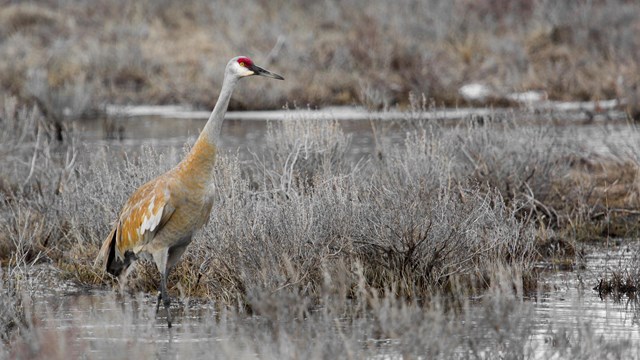
Sandhill Crane
Sandhill cranes nest in Yellowstone during the summer. |
Last updated: April 18, 2025

